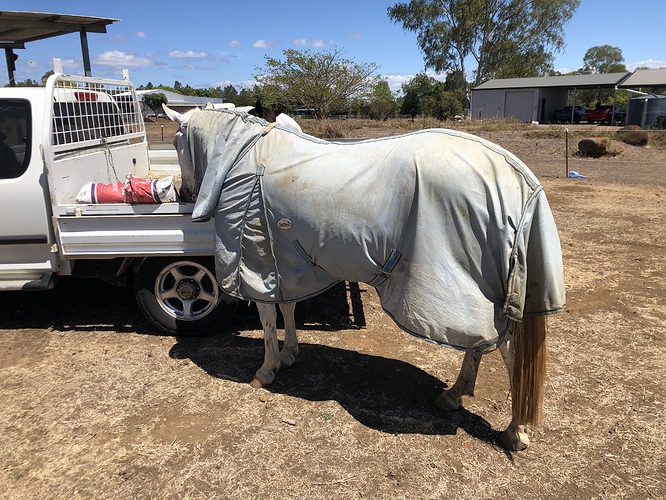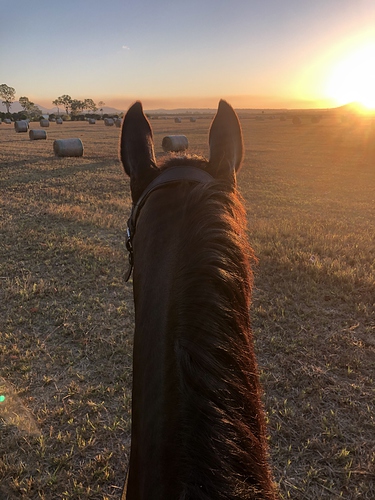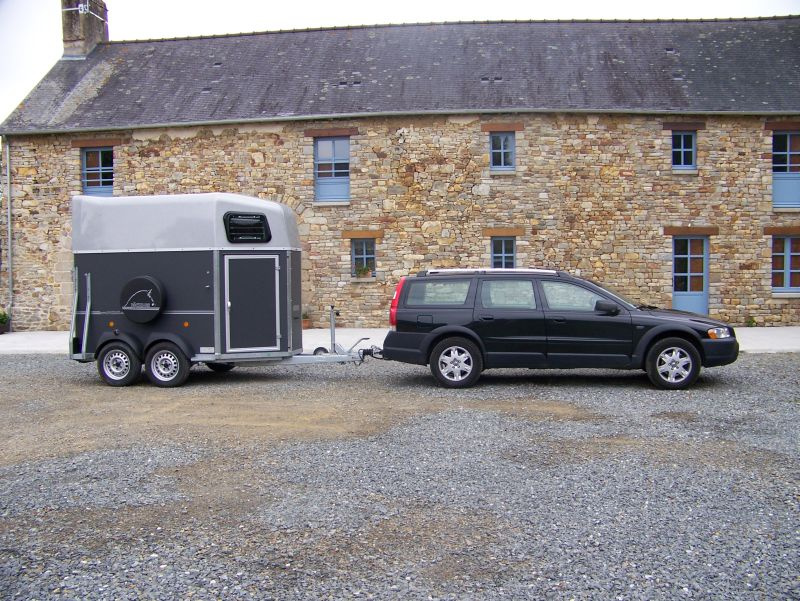I was on the “Wet Coast” of British Columbia for many years. Stalls with paddocks with drainage still flooded, horses staying in their stalls by choice because of the daily pouring rain and inescapable mud outside. Got tired of cleaning stalls, paying for feed, paying for bedding, paying for manure disposal, and fighting to get paid by horse owners while we worked 7 days a week looking after their horses for them when they went to Hawaii. Sold out, moved 5 hours north and east in 2008. The locals here describe this area as "the only narrow habitable band of the Province, strategically located between the desert, and the rain belt further north, and nobody mentions the swamp of the Lower Mainland, because that is considered definately uninhabitable. Even worse now with crime, crowding and pollution. When I go back there now by necessity, it makes me cringe with horror. As I head home, the relaxation comes with a sigh as I get north of Hope on the empty highway up the Fraser Canyon.
We moved here onto 160 acres with NO facilities, bare land only, some perimeter fencing. The silence of nature, the milky way shining bright at night. The artesian well, which tapped into the spring high on the mountainside above us and pours 70 gallons a minute 24 hours a day, was the first positive attribute of the move. Horses were turned loose, in pastures. We spent the first year building, and living in a camper. We built a hay barn (we have hay fields), with a large stall, and a large run in shed on either side. In winter, because we get no rain in winter only snow, and now and again, my horses now graze the second cut off our hay fields, shelter under trees, and drink out of the creek. When that is done in January, they move into the high winter pasture and get fed hay, have access to the shed (which they don’t use). They live together, in a herd. In spring, summer and fall, I have a few in the paddocks near the arena, and ride, and horse show a bit (h/j) when we don’t have Covid around. It’s a bit of a drive to get to the shows, but my Ram 350 runs cheap on farm diesel. This truck hauls our hay trailer to stack our round bales in the barn, and delivers 4 round bales at a time on the flatdeck. I bought it new in 1997, one of my better decisions. I have a large, old 30 foot Featherlite gooseneck trailer with a bedroll up front, and 3 box stalls. My “in training” horses get night turn out in summer months, keeping the grass down around the arena, and get field turn out at haying time, close to the arena, where they get to drink and bathe in the creek- a favourate treat. I ride alone, but bring a coach in here to the boonies for clinics a few times in summer months, for me, and for local riders who are interested in participating. Those horses I don’t ride are retired, pets, cripples who just hang out, and keep our pasture trimmed. If I didn’t have them, we would have to get cows to keep the grass under control in summer, so they have a purpose. We don’t want cows unless necessary. They rotate between several fields in summer, all of which have access to the creek, or auto waterer. They are currently sleeping in a thick spruce grove, deep with natural litter like sawdust, together in a communal horse nest. With access to TM salt block, this has kept everyone healthy and happy, other than attrition. Our hay is stunning quality, we make it ourselves. We sell the excess hay. So it is a pretty big change from how things used to be, for both us, and our horses. Which is good.
The major change I see in the horses is their feet, so very much healthier that they were. I no longer shoe anything, don’t need to. With ring riding and light recreational trail riding, they simply don’t need shoes any more. Thick walls, thick soles, good growth, and often natural wear on hard ground that only needs a few touch ups with a rasp to keep good. TB and TB X horses… you know, those ones that people say have crappy feet. That’s the difference that living in “horse country” makes for horses. Makes a difference for the humans as well. I spend my non horse related spare time doing artwork, clearing the land and making burn piles, and brush hogging pastures and gardening in summer instead of shoveling shit. Highly recommend.






